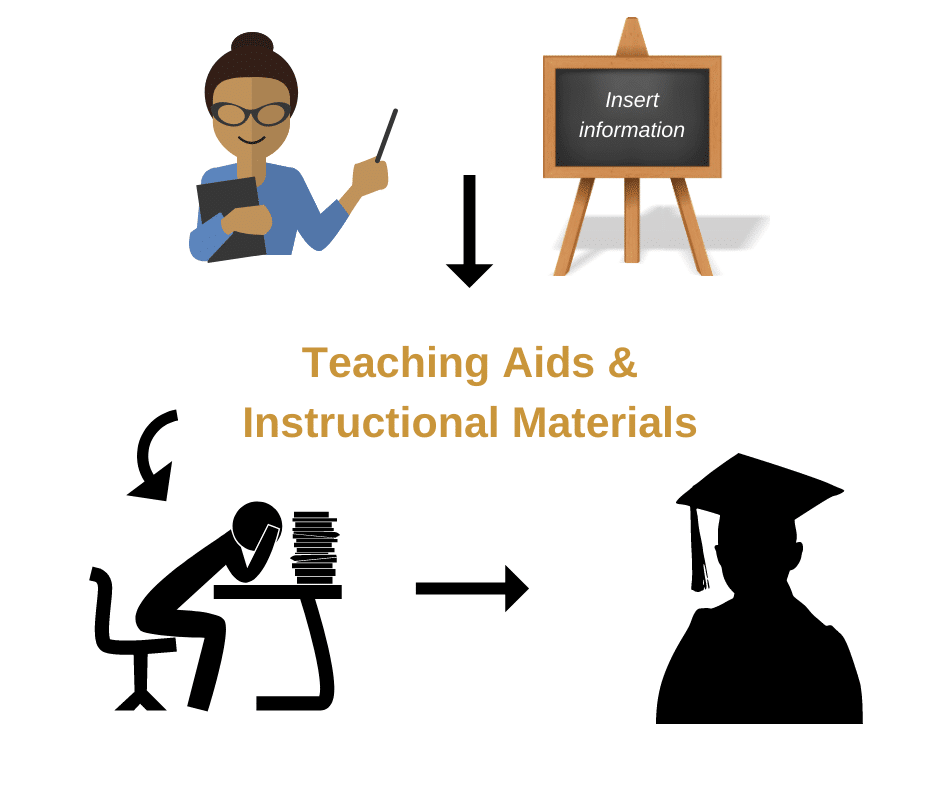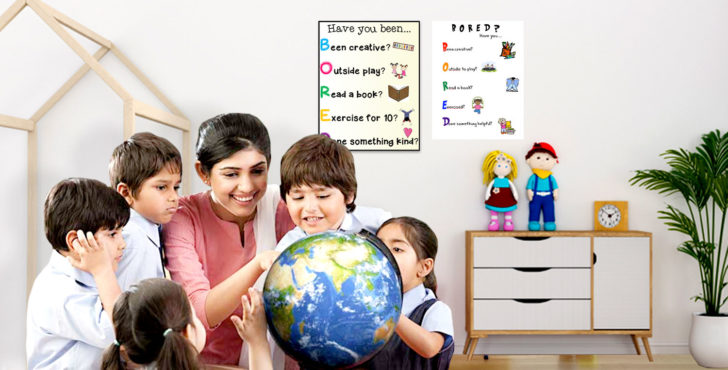Recommended Advice For Choosing Italian Primary Teaching Materials
Wiki Article
What Educational And Information Materials Do Kindergarten And Primary Schools Do They Require?
To support their students' development and learning, kindergartens and primary schools must provide a range of educational and informational resources. Certain materials are required like: Curriculum material - These are items that are designed to help and improve the learning goals set out in the school's curricula. These may comprise textbooks, workbooks lesson plans, and other resources.
Classroom supplies - Items such as paper, pencils, glue, scissors and other art materials are essential for kids to finish their assignments and other activities.
Educational Technology: In today's digital age, technology for education such as tablets, computers as well as interactive whiteboards and other devices can enhance the learning process and provide students with additional resources.
Booksfor Kindergarten and Primary schools require a variety of books that are appropriate for children's age to promote the development of language and reading.
Games, puzzles, and blocks are great for developing spatial awareness as well as problem-solving skills.
Visual aids such as posters maps, charts and posters are all visual aids to aid children in learning and retention of important concepts.
Music and Art Materials- Paints, instruments and clay are great arts and music tools for children. They promote imagination and self-expression.
Safety supplies - It's crucial to supply safety supplies like fire extinguishers and posters of emergency procedures to make sure that staff and students are safe.
In general, both primary and kindergarten schools require an array of educational materials and information to provide a safe and stimulating learning environment for students. See the top sostegno scuola primaria for website examples.

What Mathematics Teaching Materials Support Is Required In Italian Nurseries?
It is essential to support mathematics teaching resources in Italian nurseries. This will help children improve their spatial, numerical and problem-solving capabilities. Here are some examples of math teaching material support Education of caregivers and teachers. Teachers and caregivers must to be trained on how to integrate mathematical concepts into daily activities.
Curriculum and lesson planning A well-designed curriculum and lesson plans which incorporate mathematical concepts is an excellent method to introduce children to a variety of mathematical concepts and skills.
Visual and manipulative aids For example, manipulatives like counting bears, blocks, and beads, along with visual aids like charts and posters can help children learn mathematical concepts in an interactive and visual manner.
Technology-based Aids Technology based aids, such as tablets with math games, and apps that teach are able to engage and inspire youngsters. They also offer extra aids to help them develop.
Assessment tools: Assessment tools help teachers and caregivers monitor the children's progress and determine areas where additional support may be required.
Parents can get involved in math learning: Participation of parents in math education can strengthen concepts learned in nursery, and can encourage family participation in the process of learning.
It is vital that the materials used to teach for mathematics is appropriate and appropriate for the age of the child. Teachers and caregivers can to utilize these resources in order to create exciting, interactive math games which promote curiosity and a enthusiasm for learning in children. View the recommended sostegno inglese for more info.

What Historical Teaching Materials Are Needed In Italian Preschool Schools?
History teaching materials used in Italian nurseries can help children learn about the past, comprehend the present and build a sense of identity and belonging. Here are some examples of history teaching materials that are required: Books that are age-appropriate: Age-appropriate literature that focuses on historical people, events and their cultural aspects can help children develop an interest in history and a sense of connection to the past.
Artifacts and photographs. Pictures and artifacts can help children visualize as well as appreciate and comprehend historical events and lifestyles.
Maps and timelines: Timelines and maps can aid children in understanding the sequence of events that occurred in history and their connections.
Storytelling: Storytelling is an effective method of introducing children to the past and historical figures in a way that is captivating and memorable.
Dramatic Play: Dramatic play help children relive historical moments and events, and learn more about their significance.
Field trips. A trip to a local museum or historical site may provide children with a hands-on experience as well as the chance to discover more about history.
It is crucial to make sure that the history teaching materials provided are age-appropriate and sensitive to cultural differences. Teachers and parents can make use of these materials to develop exciting and engaging history activities that promote children's curiosity and enthusiasm for learning. Read the recommended schede didattiche storia for website recommendations.

What Kind Of Geography Materials Can Be Used In Italian Kindergartens?
Teaching materials for geography in Italian nurseries can aid children acquire a greater awareness of the world around them and gain knowledge about the different cultures and settings. Examples of the resources that you could use for teaching geography are maps. Maps can be useful in teaching children about different countries and regions, and the locations of landmarks and natural characteristics.
Globes are an excellent method to let kids see the Earth's surface. They also teach them about continents and oceans.
Pictures and Videos: Images and videos that show different cultures and places are a great way to teach children about the diversity in the world. They will also learn about the different ways people live.
Books appropriate for children and feature cultures and places all over the world could help children discover a fascination with geography.
Natural materials, including plants, shells and rocks are a great way to teach children about the diverse ecosystems and the different environments.
Field excursions Local field trips parks, zoos, or museums provide kids with activities that are hands-on and allow them to study geography in a an actual setting.
It is vital to choose the right materials for teaching geography that are appropriate for children of all ages as well as culturally sensitive. These materials can help teachers and parents create exciting and enjoyable geography lessons for children, which will stimulate their curiosity and interest in learning more about the world. Take a look at the best materiale didattico geografia for website examples.
